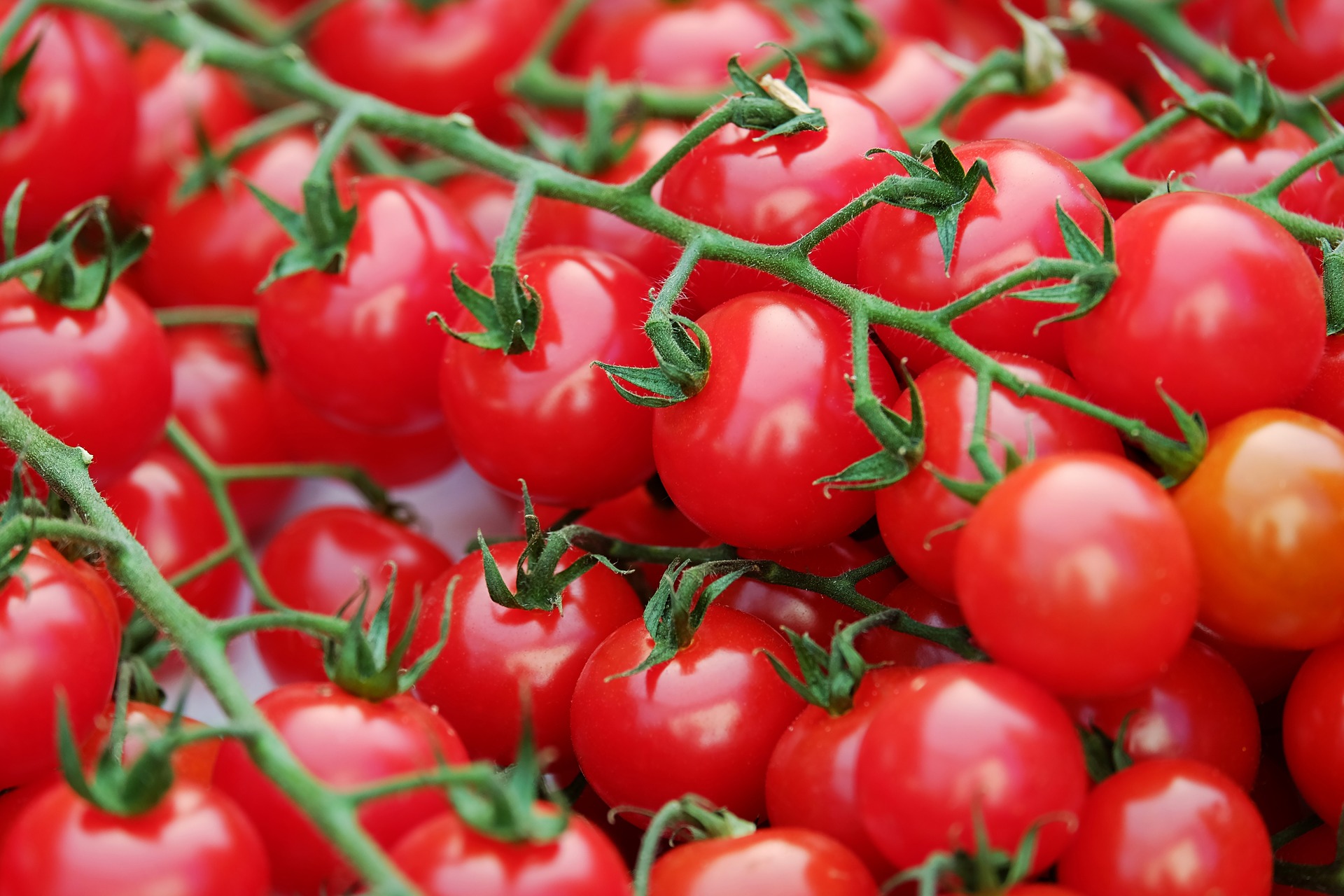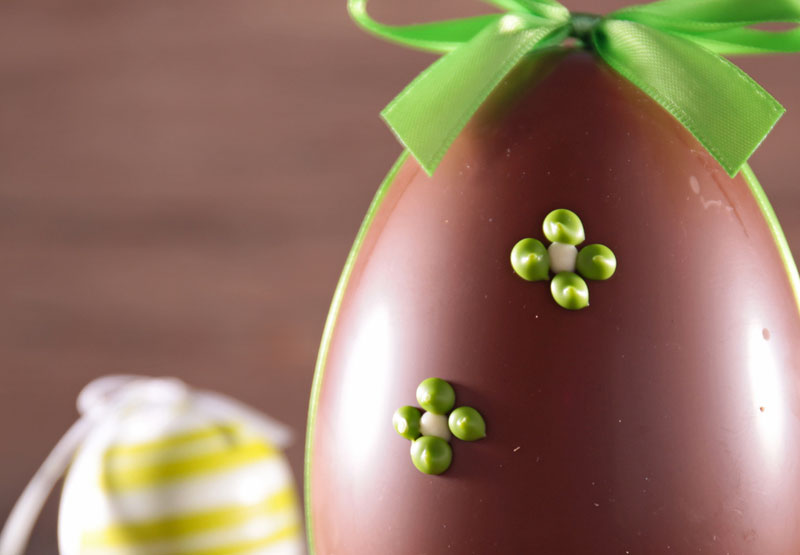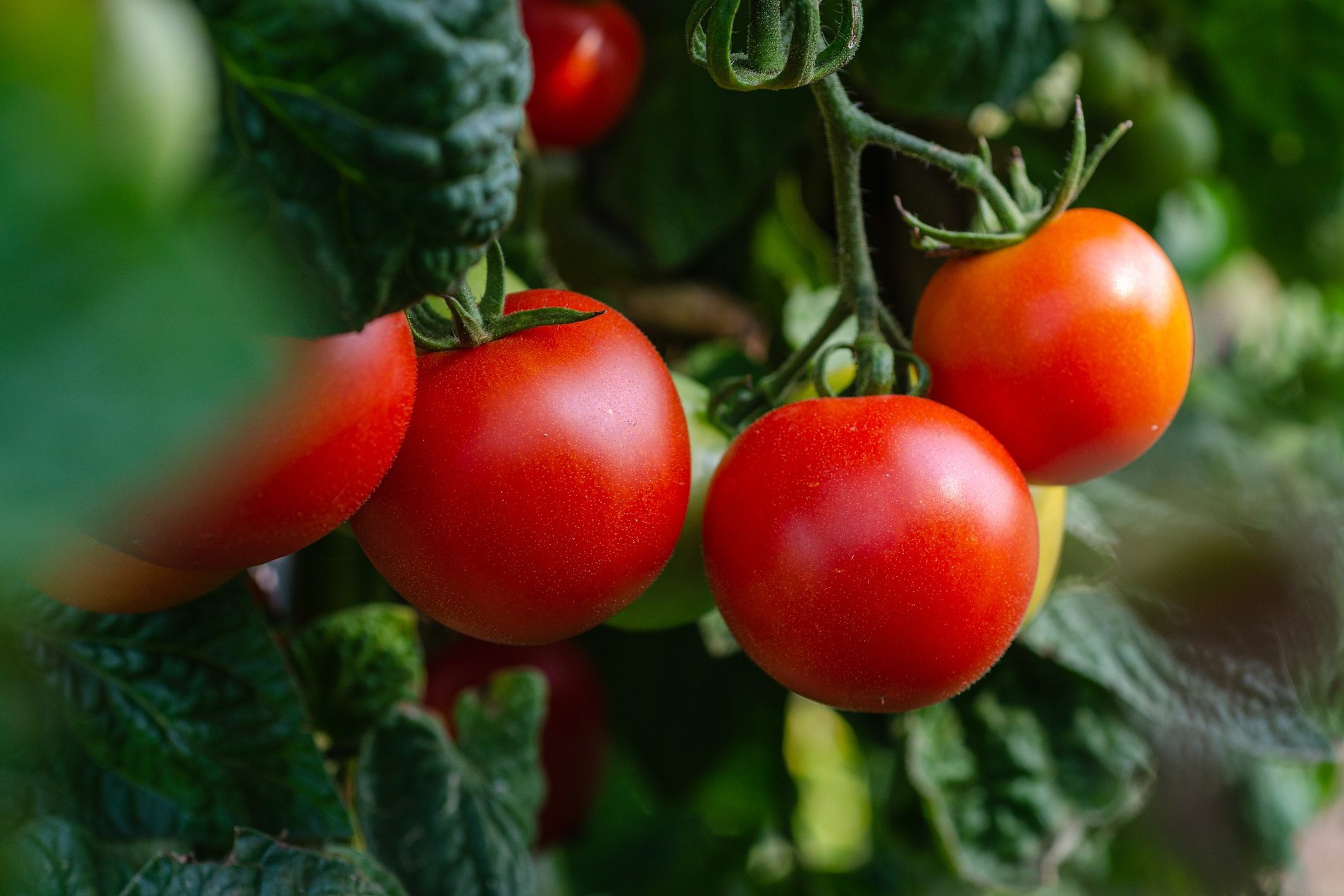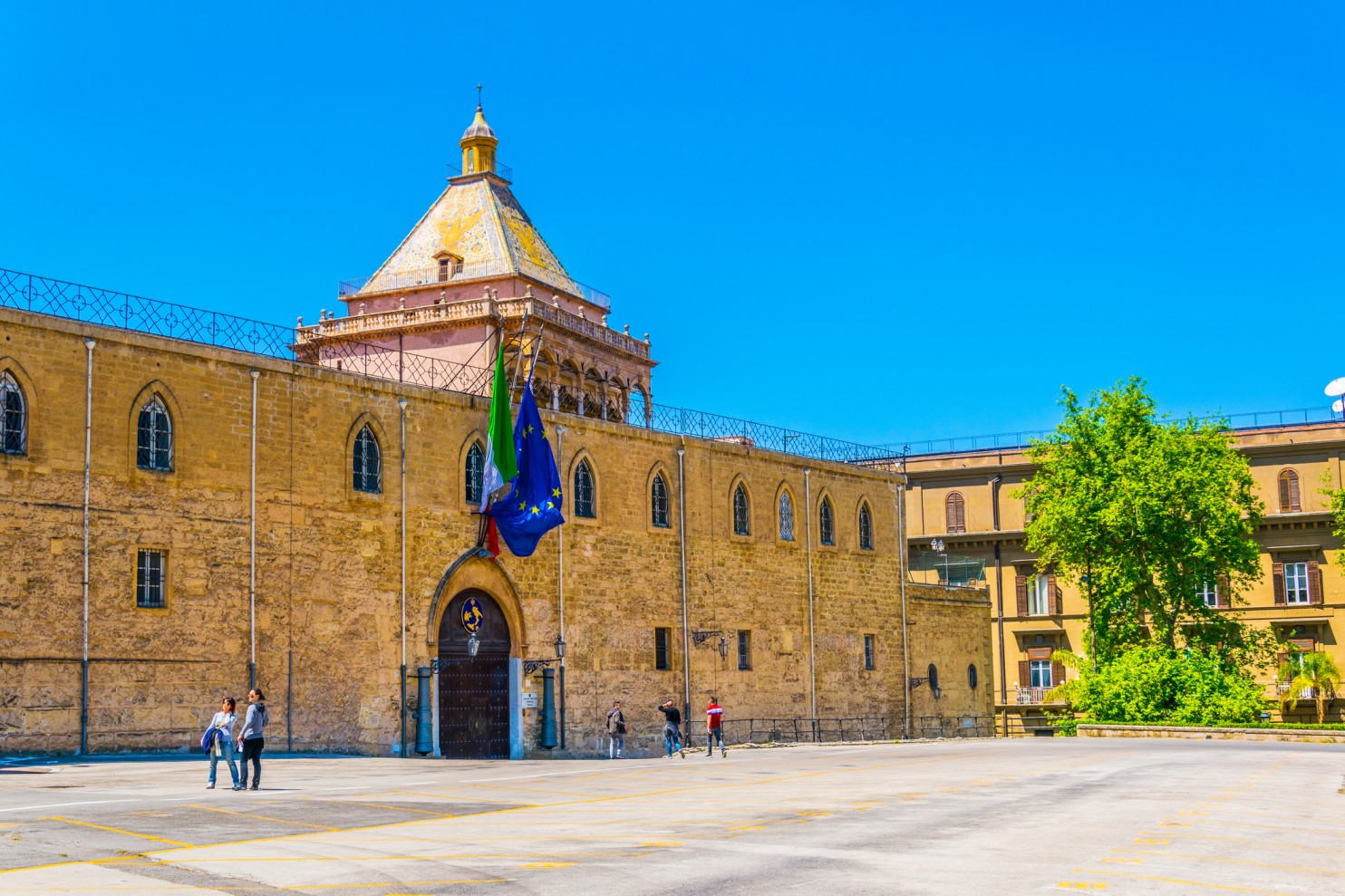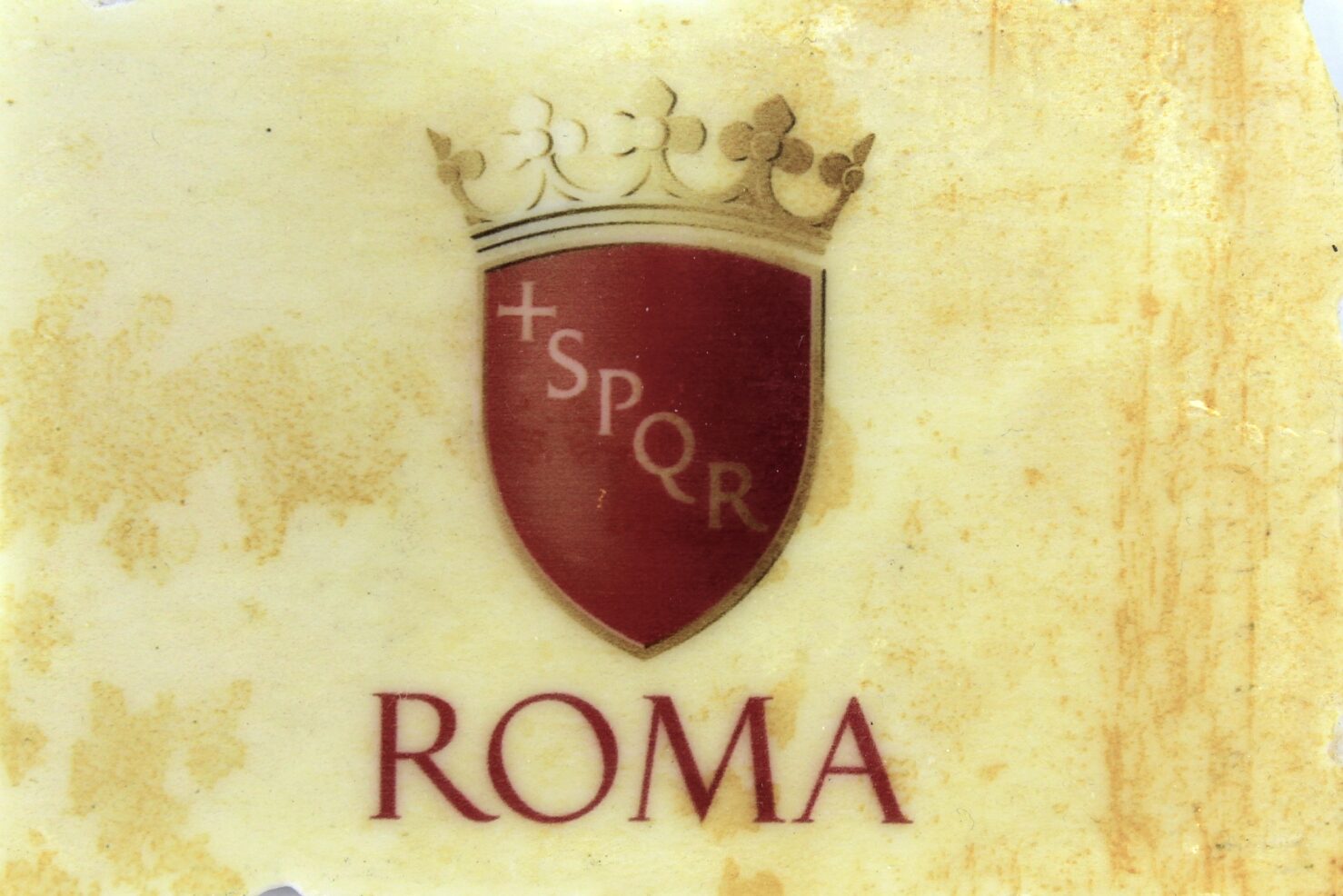When one conjures up a mental list of the most highly prized and sought after foods in the world, delicacies such as Russian caviar, white truffle, or Kobe beef would undoubtedly top it. But in recent years, the Italians have produced yet another culinary superstar- the Pachino tomato, a fruit that is rapidly growing in popularity.
Cultivated with the utmost care and attention in Pachino, Italy, this pomodoro is teaching palates all over the world what a tomato should taste like, just as Ahi tuna caught off the coasts of Hawaii did to those who accustomed to canned tuna. Taste buds once used to store bought tomatoes with their tough skin and lack of flavor are now able to take pleasure in the succulence and sweetness of a Pachino.
What is the Pachino Tomato and what makes it so darn good?
First, one cannot talk about this tomato without giving credit to its birthplace. Nestled between the deep blue Ionian Coast and the emerald green Mediterranean Sea, and located south of Siracusa, Pachino has long been home to a once booming fishing industry which at one time, profited off the blue fin tuna. As the waters became over fished, the Sicilians looked elsewhere and rejuvenated their economy with products such as wine. It was, however, only when they looked in their own backyards, at these bright red clusters, that they stroke gold.
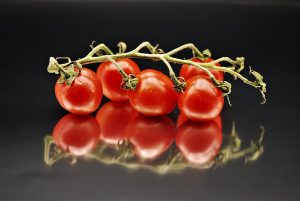
The Pachino was first cultivated in 1925, but it was not until the 1970s that people began to take note of this splendid fruit. Look everywhere in the Italian cuisine and the tomato has always been a staple in the cucina Italiana. But then the Pachino came along, the tomato which was once only thought of as an ingredient or a side dish, immediately took on a greater role.
The Pachino is noted for its firm yet tender skin, glossy red color, long shelf life and its sweetness. But what gives it that special taste and why can’t it be reproduced? The answer may be two-fold. One is that the environment itself is tailor-made to produce optimal results. The rich composition of the soil, the sunny clime with little frost ensure that the Pachino thrive. In fact, this particular tomato may only flourish in Pachino. The mixture of salty air and soil that is also partially volcanic may also make it difficult if not impossible to reproduce elsewhere.
The process of cultivation is also unique This is not some random, fly by night operation instead the cultivation of the Pachino is a careful, well orchestrated labor of love. Grown in covered tunnels, the tomatoes are protected against extremes in climate and temperature. Moreover, the secret to such great tomatoes can also be found in the water itself. Irrigated with ground water from specific wells, the water has a high salt content which also lends to a tastier fruit.
Pachino tomatoes are among most famous typical products in Sicily and are exported all over the world
Unlike the truffle, which despite its high price is still available, the Pachino tomato is hard to come by and shrouded in mystery, making it all the more desirable. Because one cannot just go to the local market and buy a Pachino tomato, food lovers and tomato aficionados are trying to learn the tricks and grow the tomato themselves, but the “fruits” of their labor ultimately fail.
The reason: the tomato itself is carefully guarded, patented, and protected by the PGI (protected geographical indication) which guarantees that this product only comes from a certain region, similar to the protective rights used with the Parmigiano-Reggiano. The seeds too are unavailable.
Horticulturalists are scratching their heads on how such a tomato was produced. But the ultimate challenge may be figuring out its genetic roots. Some research indicate that the Pachino is a “heirloom tomato,” heirlooms are passed down through the generations, without the use of any cross hybridization.
The result? A beautiful and tasty tomato. Of course, nature has a sense of humor, and though they are perfect, these heirlooms are prone to fungi and disease. Others tend to speculate that it is indeed a F1 hybrid, a super child of two good tomatoes. The problem here is that while the first generation of a hybrid is wonderful, the hybrid cannot reproduce the same plant with the same results, thus, the idea of saving seeds of a hybrid is pointless.
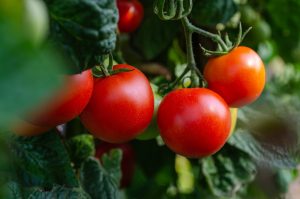
All this, its exclusivity, its taste, make this fruit one of the most desired in the world. Although it is available in cans and bottles, to truly taste and relish in its flavor, one will ultimately need a ticket to Italy.
Although the Pachino is used in salads, on pizzas, and in pasta dishes, somehow, eating this magnificent fruit in any way other than its original state seems to detract from its splendor. A little salt, a bit of olive oil, and behold! You are in for a treat! As you bite into the tender but firm outer skin and as the sweet juice of the Pachino tantalizes your tongue, you will taste not only one of Italy’s finest; but an unique blend of nature, science and ingenuity- all of which are Sicily’s own.
